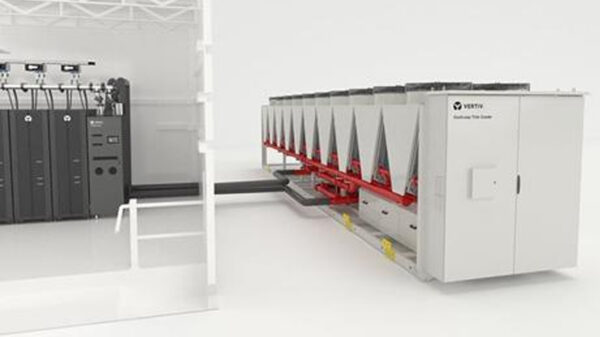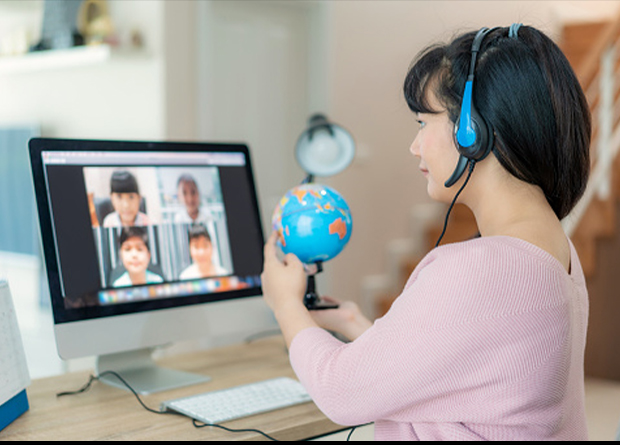Amid the pandemic, there has been a push among educational institutions worldwide to explore the online and digital approach to ensure that learning among students remains unhampered.
In the Philippines, education officials have recently moved the opening of classes from August 24 to October 5, to provide more time for schools and universities, which only used to conduct face-to-face classes, to prepare for distance learning—an approach that includes no in-person interaction between the learners and their teachers.
Some educational institutions, however, especially colleges and universities, have already started conducting classes following the distance learning approach.
Classes are done either through the distribution of printed copies of modules (online or offline) or by conducting them using virtual classrooms where teachers and students can communicate, interact, and collaborate even if they are remote from each other, mostly through an online learning environment.
In many ways, virtual classrooms are just like the traditional ones, where students must be able to see, hear, and interact with the teacher and their classmates, all while having a good view of their learning modules and other materials.
For educational institutions and educators alike, conducting virtual or online classes mean they will have to rely on technology to thrive even amid the pandemic. Teachers and students must also have the right digital tools for their ‘classroom setup’ at home to get by until schools reopen, and regular face-to-face classes resume.
UPS for Distance Learning
In a virtual classroom setup, educators and students would need essential e-learning tools that need continuous power to keep them running and avoid problems that may impede the students’ learning experience.
Aside from a stable internet connection, they must have personal computers, smartphones, tablets, and scanning and printing devices, among others, for their online classes. Some software applications are also important to enable virtual classes. It includes video and audio conferencing, so teachers and students can see and hear each other, as well as real-time text chat apps, which come handy in providing instructions.
Lastly, a library (or an online platform) of learning materials must also be available to provide more structured lessons. This platform will allow teachers to prepare for a class in less time. Most importantly, it allows both the teacher and students to always be on the same page.
But with the start of the classes scheduled in October, coinciding with the typhoon season in the Philippines, power outages or interruptions are among the foreseeable scenarios that teachers and their students may experience amid distance learning.
If there is a power outage, even for a moment, the loss of power can be detrimental. Several files could become inaccessible, or worse, deleted permanently. Some devices might even be damaged due to sudden shutdown. There is also the risk of having additional cost implications for their repair or replacement.
Helping ensure unhampered learning
To help avoid these problems, educators, and even students, need an Uninterruptible Power Supply (UPS) for their virtual classroom set up at home.
According to Vertiv, a global provider of critical digital infrastructure and continuity solutions, a UPS device is incredibly important for schools, teachers, and students that rely on personal computers, servers, and other electronic devices being on, at least 12 hours (or more) a day, seven days a week.
“A UPS can protect these critical devices from main supply problems, including spikes, voltage dips, fluctuations, and complete power failures, using a dedicated battery. Having a UPS at home can also help in “bridging the gap” as it seamlessly switches the source to battery mode so devices can continue working until they are safely shut down, or the main power is restored,” said Jason Lim, country manager of Vertiv Philippines.
To support schools, teachers, and students who need an uninterruptible power supply for distance learning, Vertiv innovated a full-range of Liebert UPS, which are future-proof, eco-friendly, and highly efficient.
Vertiv’s Liebert itON-SOHO, for instance, is a feature-rich, reliable line of interactive UPS. It has a built-in boost and buck automatic voltage regulator (AVR) that allows flexibility and reliability for personal computers and other sensitive electronic equipment. It also features simple controls for easy operation.
Designed, specifically, for small and home office, Liebert itON-SOHO also has a compact design and user-friendly interface and provides more than enough backup time to save work-in-process.
Vertiv’s Liebert PSA, on the other hand, is a compact line-interactive UPS that offers cost-effective, full-featured power protection for home office computers and electronic equipment. It provides up to five minutes of back-up time at full load, which is more than enough time to save work in process and shut down the personal computer or system.
Shutdown software and a USB cable are also included to allow remote alerts and automated graceful shutdown of the connected systems.
With the rapid changes brought by the ongoing pandemic, Vertiv aims to support the education sector by bringing together cutting-edge solutions to ensure uninterrupted learning for students.














































































































